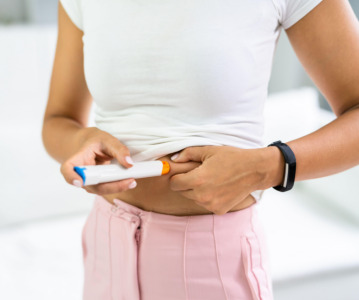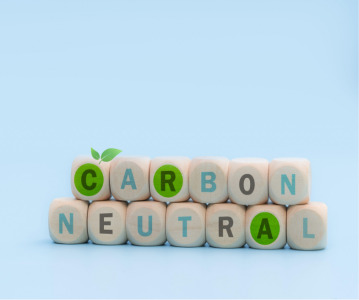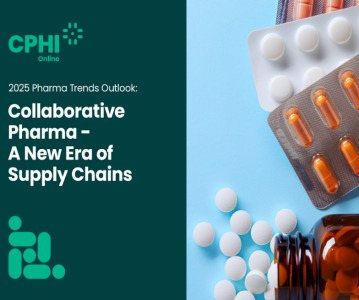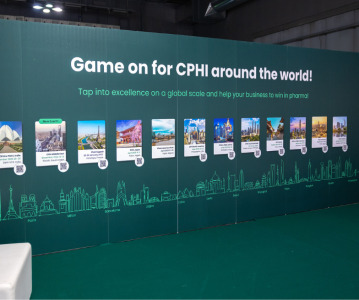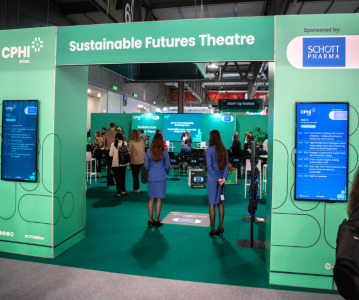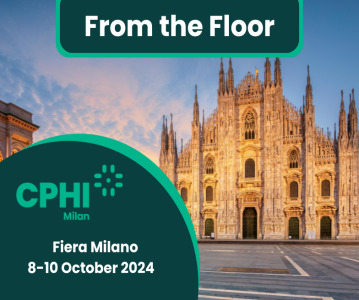As the pharma packaging world becomes more personalized, what does it mean?

With a value of more than $1,000 billion in 2019 and enjoying a 5% increase during that year, the global pharmaceutical sector is in good health. But it is also a moving universe, in which both the digital and design revolutions have changed the game over the last ten years. What are the drivers?
Dr. Pascale Gauthier
Pharmacist, PhD, Faculty of Pharmacy Clermont-Ferrand, Auvergne University
First of all, it should not be forgotten that this medical world is a really particular one, highly regulated with the real user, the patient placed at the end of the chain. What is more, there is a large age range of patients, from babies and children to adults and the elderly. While the ‘Z generation’ are growing up with the internet as an essential tool, this is largely not the case for elderly patients, the largest consumers of medicines. In all cases, dosage forms need to be studied and adapted; after all, the efficiency of a drug form depends on it being correctly administered.
This is directly in relation to compliance, acting in concordance with advice (given by the prescriber), that remains passive and episodic (a huge issue with more than 50% with chronic diseases not complying, according to World Health Organisation studies). Adherence, an increasingly used term, refers to the persistence a patient sticks to a therapeutic regimen, and remains active and continuous. Each patient remains the sole actor of the treatment, which should be easily accepted and followed. Functional design, which arrived in the mid-2000’s, has improved ease of use, and encouraged patients to use medicines, in direct relation with compliance. Packaging is now fully established as a real partner of the drug form. After early drug packaging -- which merely contained and protected the product -- came anti-counterfeiting packaging. And now we have arrived at the era of smart packaging that should be combined with new treatment approaches and new drug forms.
Over the next ten years, immunotherapy, genetical medicine and use of Car T-cells, regenerative medicine, microbiota, and artificial intelligence will be seen as numerous new therapeutic challenges. Understanding treatments and using them correctly, as well as reconstitution or self-administration, are all new regular systems, so the pharmaceutical industry should adapt drug forms that follow these new requirements, as well as embrace a sustainable approach, another unavoidable obligation.


For example, Credence Medsystems, whose Credence Companion® Safety Syringe System won the Innovation Award at Pharmapack Europe in 2015, is going one step further with Credence Connect™, an auto-Sensing injection System which boasts automatic real-time monitoring of critical injection data into a reusable ergonomic finger grip.
Another example, mixing the ‘more with less’ is the electronic nasal spray Safe’n Spray™ device (locking, monitoring) that provides a unique possibility to reuse.
A sustainable option is Boehringer Ingelheim’s Respimat® re-usable inhaler device, which won the 2020 Pharmapack Eco-Design Award, and can be used with up to six cartridges (reducing up to 73% plastic waste) that fully maintains quality and spray performance.
The ‘less is better‘ is again evident in Huhtamaki’s Push Tab® packaging, an innovative child-safe alternative for opening strip packaging, which won the 2020 Pharmapack Best Innovation in Primary Packaging Award.
Push Tab® is made from recyclable polyolefin laminate, a material completely without PVC, and makes it easy to remove tablets simply by applying pressure.
And the Rondo Augmented Reality App is a digitally integrated smart packaging solution which proves to be a gateway to bundled valuable information about medication, great for simplifying the patient’s life.
So there are numerous systems which offer a good combination of technical innovation and personalization that should be the winning team in this new generation of drug packaging, which ultimately should allow for a rethinking of the patient’s place and role in the care process, for sure an exciting story to follow.
Related News
-
News How GLP-1 agonists are reshaping drug delivery innovations
GLP-1 agonist drug products like Ozempic, Wegovy, and Mounjaro have taken the healthcare industry by storm in recent years. Originally conceived as treatment for Type 2 diabetes, the weight-loss effects of these products have taken on unprecedented int... -
News NextPharma Achieves Carbon Neutrality for Scope 1 and 2 Emissions
NextPharma has confirmed that it will achieve carbon neutrality for its Scope 1 and Scope 2 emissions starting January 1, 2025, marking a significant milestone in its sustainability journey. -
News 2025 Pharma Trends Outlook: Collaborative Pharma – A New Era of Supply Chains
A new year, a new Pharma Trends Outlook report! The 2025 Pharma Trends Outlook report examines key changes expected in the pharmaceutical industry for the coming year, particularly in regards to the supply chain. -
News Closing 2024 with Editors' picks of top articles from the past year
Coming to the end of 2024 and it’s certainly been a busy year, for CPHI and for the rest of the pharmaceutical and healthcare industry. Topics of conversation throughout the last 12 months have been varied, touching on the technical, to the polit... -
News SCHOTT Pharma’s sustainable journey with CPHI
Sustainability is of paramount importance in the pharmaceutical industry. See how a recent partnership between CPHI and SCHOTT Pharma has helped to highlight and accelerate their sustainability journey to reach global goals. -
News Day in the Life of a Green Chief Financial Officer
Our latest look into the daily lives of the people behind the pharma community brings us to meet Juan Jose Piedra Galan, Global Financial Planning & Analysis Manager for Galderma, otherwise known as 'The Green CFO'. -
News CPHI Milan 2024 - From the Floor
Milan and CPHI welcome you to 2024 CPHI Milan! As we celebrate the 35th edition of our flagship CPHI show, editors Vivian Xie and Lucy Chard bring you the latest from the show floor, conference sessions, and innovative solutions from all exhibitors, at... -
News CPHI Podcast Series: analysing supplier audits with the PSCI
This episode of the CPHI Podcast Series, hosted by Digital Editor Lucy Chard, goes through the results from the recent audits from the PSCI conducted on suppliers across the pharmaceutical industry, looking into ESG outcomes.
Position your company at the heart of the global Pharma industry with a CPHI Online membership
-
Your products and solutions visible to thousands of visitors within the largest Pharma marketplace
-
Generate high-quality, engaged leads for your business, all year round
-
Promote your business as the industry’s thought-leader by hosting your reports, brochures and videos within your profile
-
Your company’s profile boosted at all participating CPHI events
-
An easy-to-use platform with a detailed dashboard showing your leads and performance
